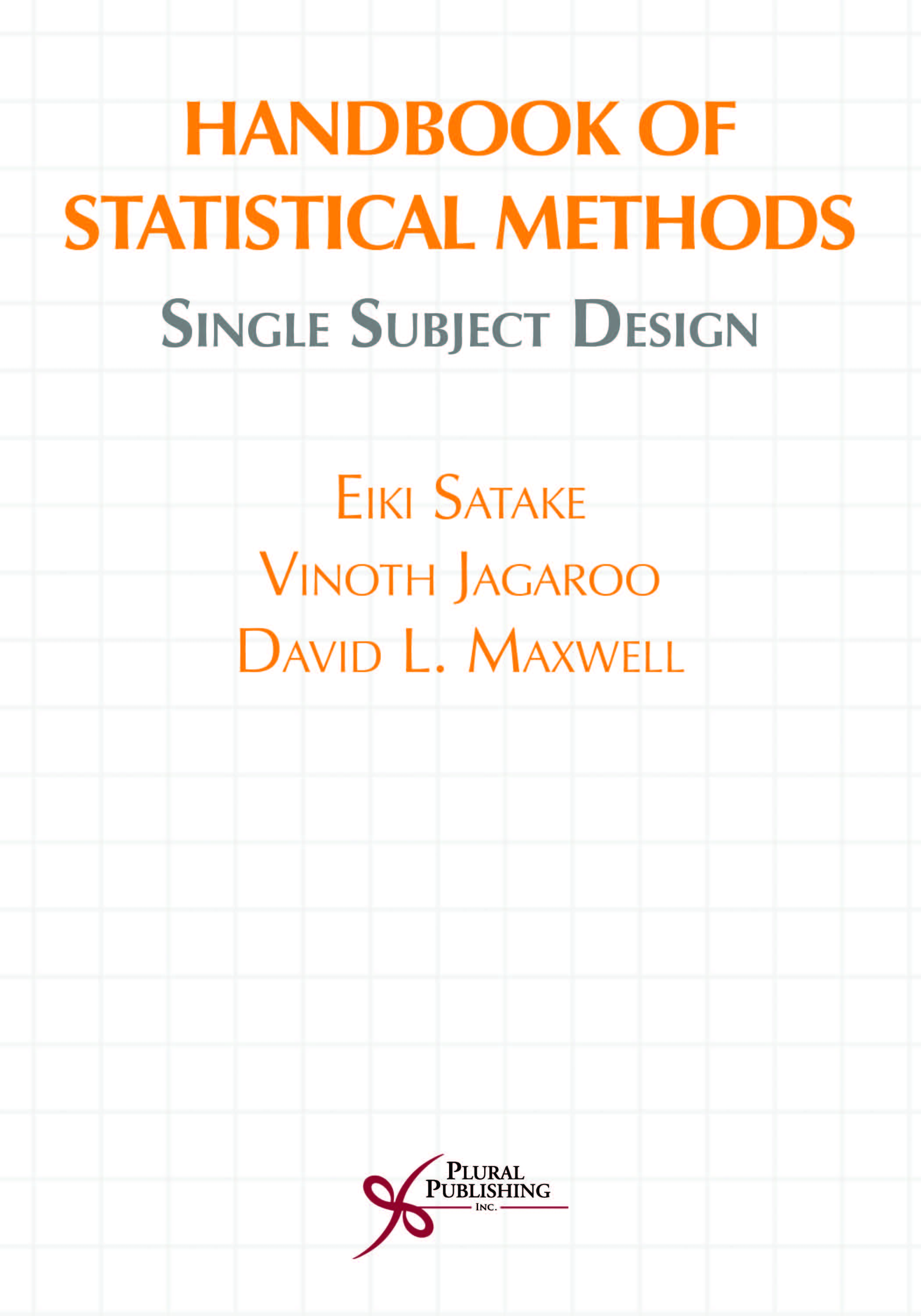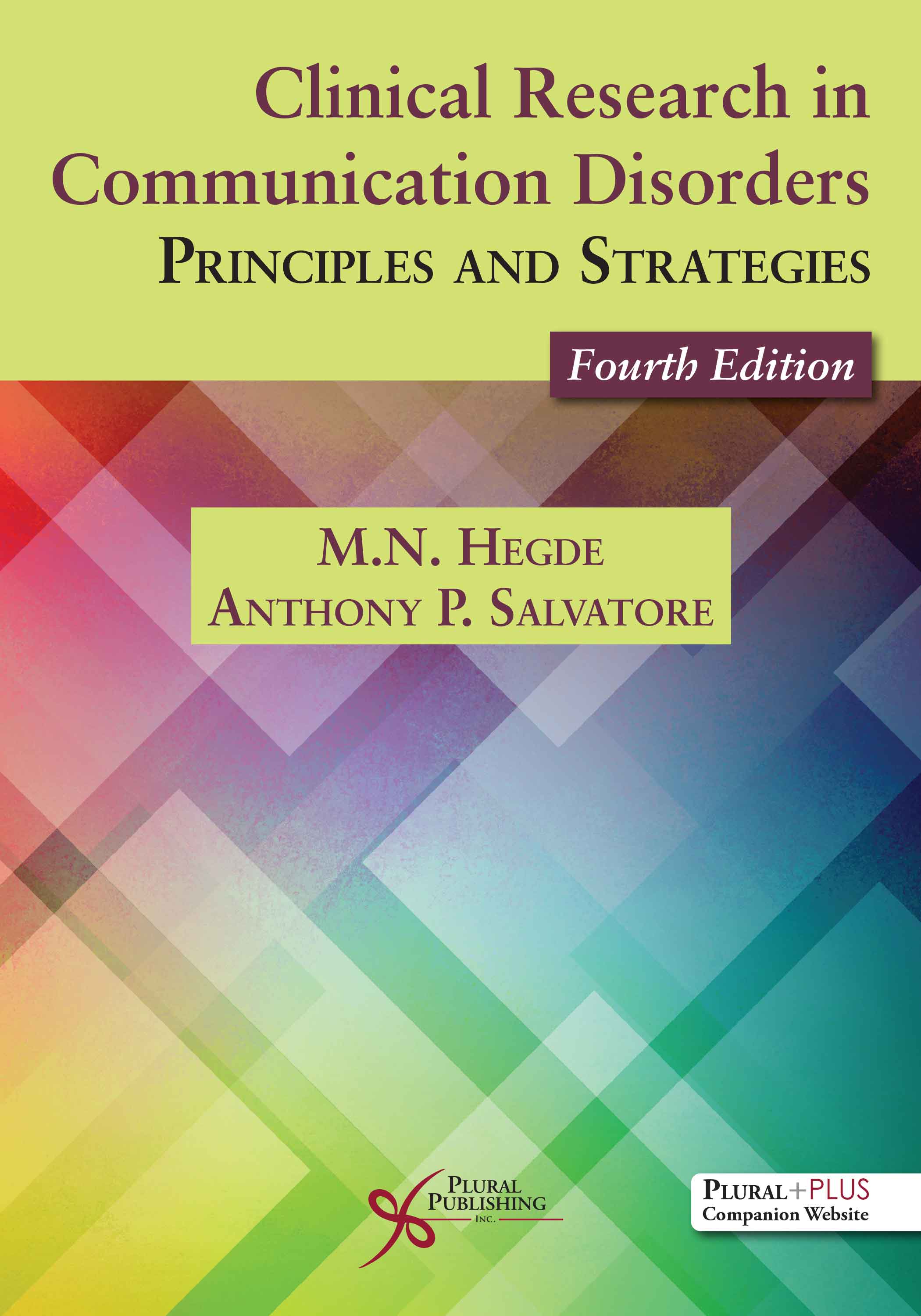
Handbook of Statistical Methods Single Subject Design
First Edition
Eiki Satake, Vinoth Jagaroo, David L. Maxwell
Details: 172 pages, B&W, Softcover, 7" x 10"
ISBN13: 978-1-59756-098-6
© 2008 | Available
For Instructors
Purchase
In the behavioral and clinical sciences, single-subject designs have increasingly become important tools for determining a treatment efficacy. Despite a large number of recommendations in recent years for more use of the designs, the majority of typical research methods textbooks still do not provide sufficient direction and information about single-subject designs. One of the main reasons is that data analysis of single-subject designs is still foreign to the vast majority of the investigators, practitioners, and students. The authors have developed a practical guide of the most commonly used approaches in analyzing and interpreting single-subject data. In doing so, they have arranged the methodologies used in a logical sequence using an array of research studies from the existing published literatures to illustrate specific applications. The handbook is also laid out for the readers in a highly lucid and straightforward manner, beginning with a brief discussion of each approach such as visual, inferential, and probabilistic model, the applications for which it is intended, and a step-by-step illustration of the test as used in an actual research study. Presented is a brief evaluation of the strengths and limitations of the test along with its suitability, or lack thereof, for particular scales of measurement. Also included are statistical applications of such computer programs as Minitab and SPSS for the analysis of statistical data. This new handbook provides the readers with a concise yet comprehensive approach to help them further understand the concepts as effectively and simply as possible.
Reviews
"5 Stars! Credible and familiar names in statistics, these authors guide readers from basic measurement concepts to Bayesian statistics in a pleasantly surprising easy-to-follow, concise, and useful manner. Even beginning graduate students with minimal statistical background would benefit. More advanced doctoral students or researchers will find refreshing the numerous statistical options offered in addition to the current lackluster standard of visual analysis for single-subject designs. ... I know of no other books like this, especially one so directly applicable to speech pathology and audiology -- and I have looked!"
—Adrienne B. Hancock, PhD (George Washington University), Doody's Review Service (2009)
- Preface
- Acknowledgements
- Dedication
- Part I: Theoretical Foundations and Statistical Methods of Single Subject Research
- Frequently Asked Questions
- Part II: Clinical Applications in the Behavioral and Health Sciences: Description, Graph, & Statistical Analysis
- Single Subject Designs in the Treatment of Anomia in Aphasia
- Single Subject Designs in the Treatment of Dysarthria
- Single Subject Designs in Clinical and Rehabilitation Psychology
- Single Subject Designs in the Assessment of Speech and Hearing Following Cochlear Implants
- Single Subject Designs in Training Interventions for Children with Autism
- Appendix: Analysis of Single Subject Data Using the Beta Probability Distribution
- References
- Index

Clinical Research in Communication Disorders: Principles and Strategies
Fourth Edition
M.N. Hegde, Anthony P. Salvatore
Details: 526 pages, B&W, Softcover, 7" x 10"
ISBN13: 978-1-63550-187-2
© 2020 | Available

Statistical Methods and Reasoning for the Clinical Sciences: Evidence-Based Practice
First Edition
Eiki Satake
Details: 592 pages, B&W, Softcover, 7" x 10"
ISBN13: 978-1-59756-433-5
© 2015 | Available

Writing Scientific Research in Communication Sciences and Disorders
First Edition
Robert H. Brookshire, Shelley B. Brundage
Details: 214 pages, B&W, Softcover, 7" x 10"
ISBN13: 978-1-59756-614-8
© 2016 | Available

Building a Research Career
First Edition
Christy L. Ludlow, Raymond D. Kent
Details: 224 pages, B&W, Softcover, 7" x 10"
ISBN13: 978-1-59756-227-0
© 2011 | Available



